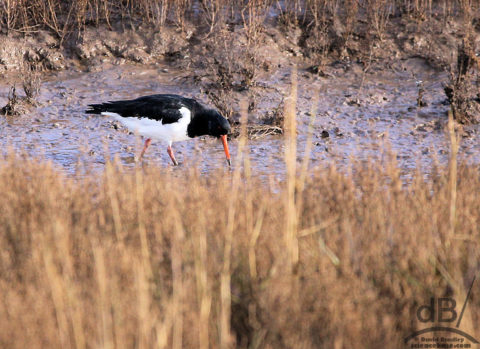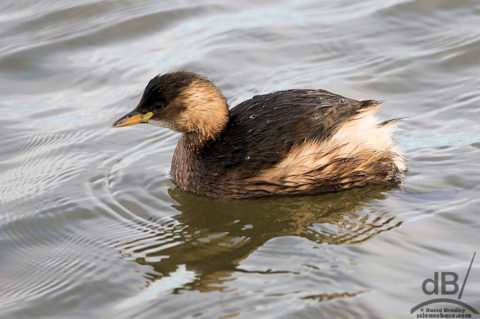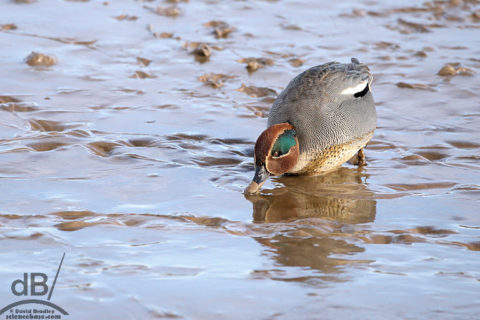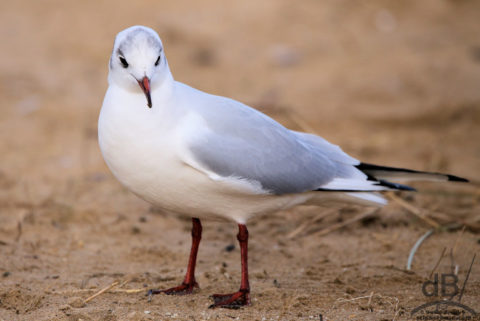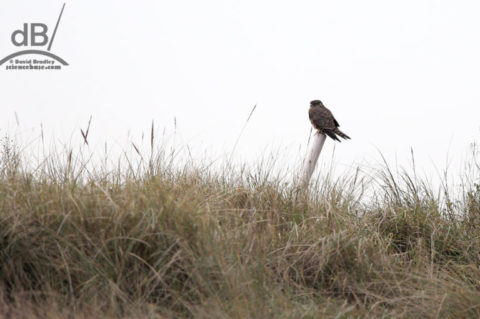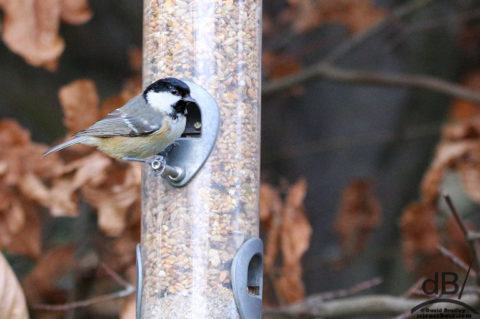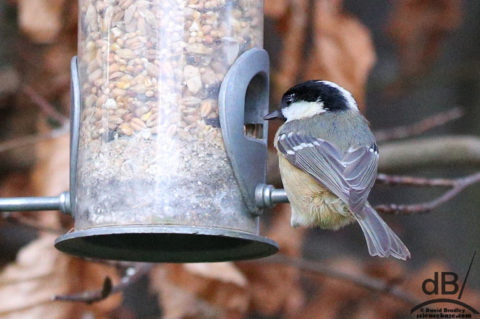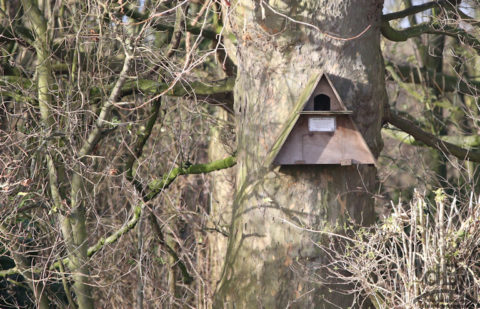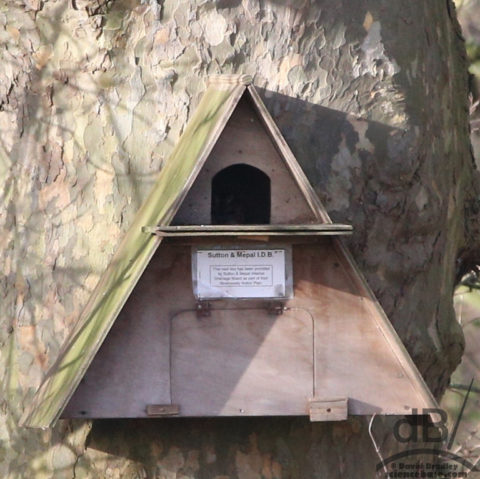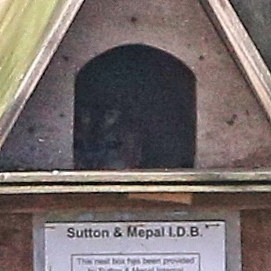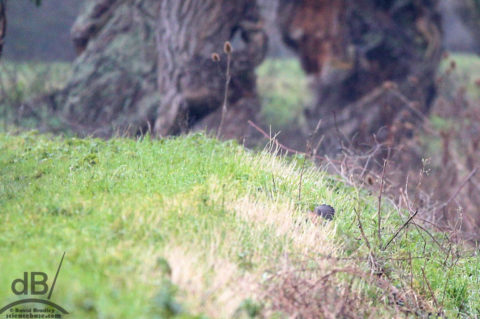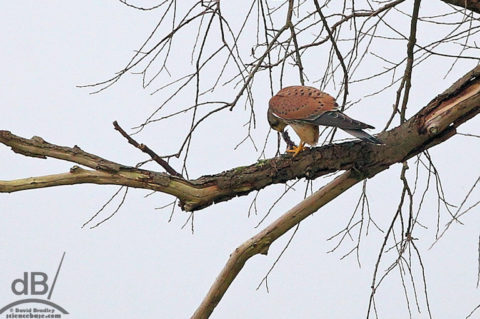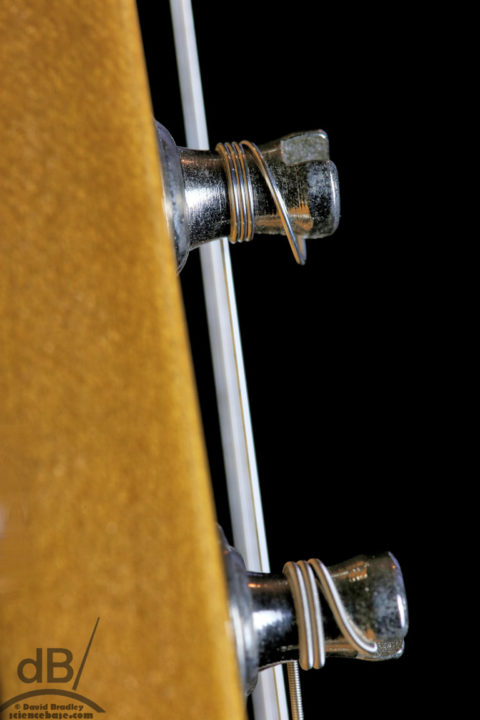Whenever there’s something “sciencey” on BBC Radio4 Today program, the interviewers never seem to ask any of the obvious “sciencey” questions about the subject. Today was no exception…
A Professor from Liverpool was suggesting could reduce Caesarean section rates by giving the expectant mothers, whose labour was not progressing, a drink of bicarbonate of soda. Apparently, blood around the uterus (or womb) was too acidic in these women.
I looked at this research which seems to have been published in June 2017 [https://www.ncbi.nlm.nih.gov/pubmed/28587493], not entirely sure why it’s suddenly on Radio 4 in January 2018. The paper does not talk about uterine blood acidity it talks about lactic acid (or rather lactate ion) levels in the amniotic fluid and that this is reduced by a tiny amount by ingestion of bicarbonate. Lactic acid is the product of anaerobic respiration that temporarily accumulates in body tissues and is the usual cause of a “stitch”. “Lactic” as sports therapists are wont to call it actually as a very short half-life and does not persist. The R4 interviewer should have known all that and could have probed that point!
She also said it was properly “blinded” and that the normal procedure is to give oxytocin to promote delivery. The women and the midwives would know that they were not prescribing oxytocin to those women given the bicarb. So, how was it blinded? She said the trial was small, 200 women (100 bicarb, 100 oxytocin), and that meant they could control for BMI. The obvious question is what was the statistical significance of such a small trial?
The Professor also pointed out that the effect was about 17%, so one in five fewer women in the group had to have a Caesarean than would normally be expected. That is potentially significant if it held up for a larger group but may well be a simple statistical blip and if they repeat with another 100 tomorrow they might find that one in five more has to have a C-section despite the bicarb.
Were the women being given any other drugs by mouth, the bicarbonate may have affected absorption from the stomach of those, we don’t know, the question wasn’t asked.
She said the hypothesis was based on the fact that they’d found uterine blood acidity to be high in women who had to have a Caesarean (but that’s not what the paper talks about and yet that’s how she framed it), and so the bicarb was meant to neutralize that. BUT and this is the big BUT. If you drink bicarb it neutralizes the acid in your stomach to some degree and forms bubbles of carbon dioxide which you belch away, basically. You cannot neutralize blood by drinking bicarb. Moreover, if you injected bicarb even into “acidic” blood, the body would respond by raising the acidity to compensate.
Blood is usually slightly alkaline, its pH lies between 7.35 and 7.45 and is tightly controlled by your body through homeostasis mechanisms. The contents of your stomach are rather acidic, pH is 3.5 or lower (this helps you digest food). Nothing you eat or drink can substantially alter the pH of your stomach (without causing serious harm, even antacids, like bicarb have a marginal effect). So, nothing leaving your stomach and entering the intestine or being absorbed directly into the blood will affect the pH of blood (this, by the way, is why all that alkali health diet stuff is nonsense [https://chriskresser.com/the-ph-myth-part-1/]). Indeed, although it is known that the level of carbon dioxide in the blood falls in pregnancy, the woman’s body compensates by buffering the blood to prevent it becoming less alkaline (more acidic) [https://www.ncbi.nlm.nih.gov/pmc/articles/PMC3952302/].
However, Mrs Sciencebase flippantly suggested that perhaps the bubbles produced by the bicarb were enough to propel the baby out!
These are just the obvious points that occurred to me on waking to hear this interview. Does nobody on R4 Today staff have any science training at all to be able to think of such points? Of course, they had far more important things to get on to, such as the sports results and the racing tips and Thought for the Day, so the interview was, as ever, woefully short and given a “Hmm” by Humphrys when it concluded.
Of course, Mrs Sciencebase may have stumbled on an interesting point, perhaps drinking the bicarb solution was sufficient to cause agitation and activity in the stomach that generated gas and that it was the increased movement here that indirectly led to increased uterine activity. Of course, it may just have been the expectant woman having to sit up to take the drink that was enough…who knows? Certainly not the R4 interviewer, because he didn’t ask any of the right questions!

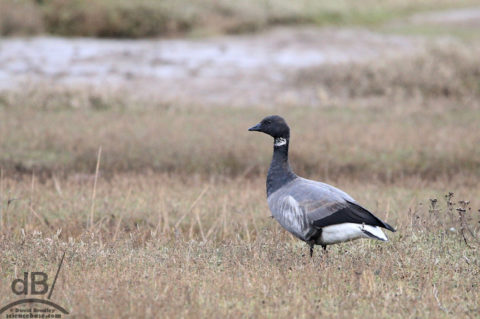 Lots of Curlew (Numenius arquata), Redshank, Little Egret, occasional Skylark, possibly Meadow Pipit, Blue and Long-tailed Tit, Linnet, Wigeon, Chaffinch, Mallard, Teal, Black-tailed Godwit (on floodwater further inland).
Lots of Curlew (Numenius arquata), Redshank, Little Egret, occasional Skylark, possibly Meadow Pipit, Blue and Long-tailed Tit, Linnet, Wigeon, Chaffinch, Mallard, Teal, Black-tailed Godwit (on floodwater further inland).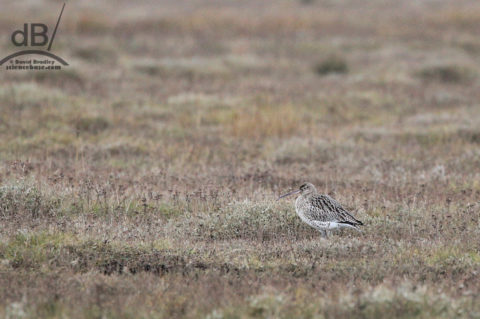

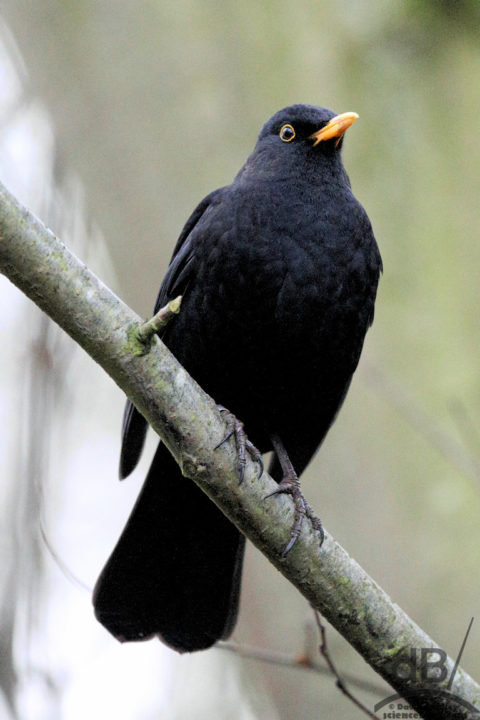



 Grey Plover (Pluvialis squatarola)
Grey Plover (Pluvialis squatarola)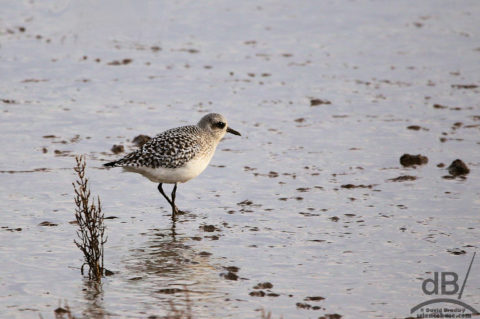 Dunlin (Calidris alpina)
Dunlin (Calidris alpina) Ringed Plover (Charadrius hiaticula)
Ringed Plover (Charadrius hiaticula) Common Redshank (Tringa totanus)
Common Redshank (Tringa totanus)
